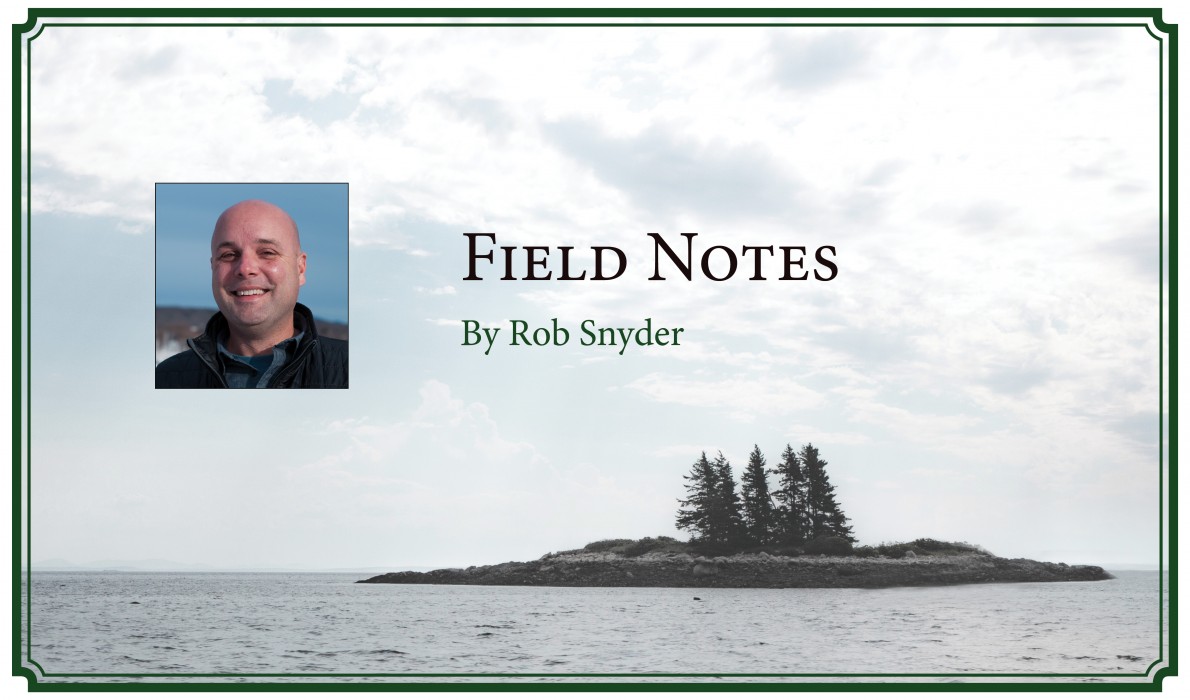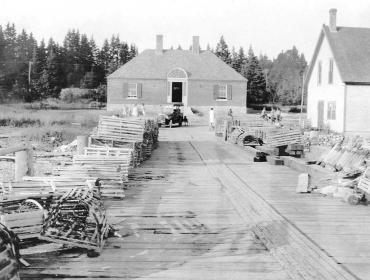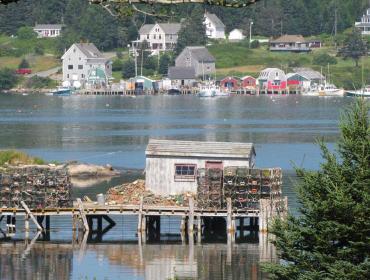Posted January 28, 2019
Last modified January 29, 2019
By Rob Snyder
Communities are largely absent from national discussions of how to address climate change. Instead they are featured as victims. As a result, we are missing a major opportunity to navigate our way out of this crisis.
National conversations highlight how the ocean is warming and becoming more acidic. We learn about rising seas and the increasing intensity of storms and droughts. Species are migrating toward the poles, glaciers are disappearing, and polar icecaps are melting. These are the “charismatic megafauna,” if you will, of climate change. They help us see it, but they don’t help us know what we can do to fix the situation.
When communities show up in discussions of climate change, they do so as the victims of increasingly violent weather events—category 5 hurricanes, massive, drought-driven fires, and “super storms” devour communities. Community economies are upended as crops fail, infrastructure is destroyed, and economic activity is rerouted. We all likely know someone who has been impacted.
Communities are also celebrated for their capacity to rebuild from these catastrophes. We see neighbors volunteering to comfort those who have been devastated, helping to rebuild homes, and clean up yards. On the small island of St. John in the U.S. Virgin Islands, the community has been rebuilding after experiencing back to back hurricanes. Each day on the island there is evidence of super-human commitment to one another, and to rebuilding the community.
Communities as victims, communities reacting to climate change, to events beyond anyone’s control: It is a helpless framework that has an insidious side effect, reinforcing the idea that we as community members have little we can do to address the climate crisis. This disempowering perspective overlooks a critical survival skill that all communities already have—practical problem solving.
Every day our towns and cities take practical steps to solve global problems through community member choices and behaviors. For example, more than 20 percent of Maine’s island homes have been weatherized in the past few years because of the high environmental and financial costs of heating with oil. Maine’s island energy efficiency solutions are now being replicated in remote communities around the country.
What are some of the skills communities must have? Islands are a great place to look for the answers.
- Communities must be networked. Time is the scarcest resource in a community. The communities that are sharing practical steps to prepare for change will be better suited to survive major catastrophes. We need to support community leaders to travel to the places that have already been impacted, to learn what can be done, and to share practical strategies.
- Infrastructure must be resilient. Communities need to take an integrated approach to understanding how their transportation, energy, broadband, and other commercial and civic infrastructure are vulnerable. Once this is understood, they can take steps to build resilience in that infrastructure.
- Diverse economies are strong economies. Communities that are reliant on one or two economic drivers are at significant risk of collapse. Communities that take steps to invest in educational programs for people of all ages that will expand on the existing economic base will have a population that is better prepared to weather the coming storms.
Communities that are taking these steps are building the muscle needed to deal with changes of all kinds, and certainly climate change.
The Island Institute has been focused on helping island and coastal communities build this muscle for 35 years, and we remain more dedicated than ever to this work today. We take the point of view that the communities along the Maine coast have a matter of years to prepare for the climate crisis, not decades.
Through our work, communities are supporting the growth of the aquaculture industry to diversify beyond our lobster economy. Major investments in broadband further enhance the possibilities that our coast will lead Maine to becoming a “work at home state,” where our economy is less dependent on the growth of tourism and the low-paying service sector jobs that follow. Communities along the coast are looking carefully at the overall infrastructure impacts that could come with storm surge as a component of sea level rise. Where will we need to move infrastructure away from the water? What does “planned retreat” entail?
We are building networks with communities outside of Maine that share our challenges, where leaders are taking steps to address these threats.
For the first time, we have a governor who says she shares our concerns. We hope that Gov. Janet Mills will provide additional leverage to establish Maine as a national leader in building strong climate change skills along the coast and across the state.
The coast and islands are certainly on the front line of this crisis, and the rest of the state isn’t far behind. It will be through the practical actions of strong communities that the greatest strides will be made to address the threat of climate change.
Rob Snyder is president of the Island Institute, publisher of The Working Waterfront. Follow Rob on Twitter @ProOutsider

Contributed by




